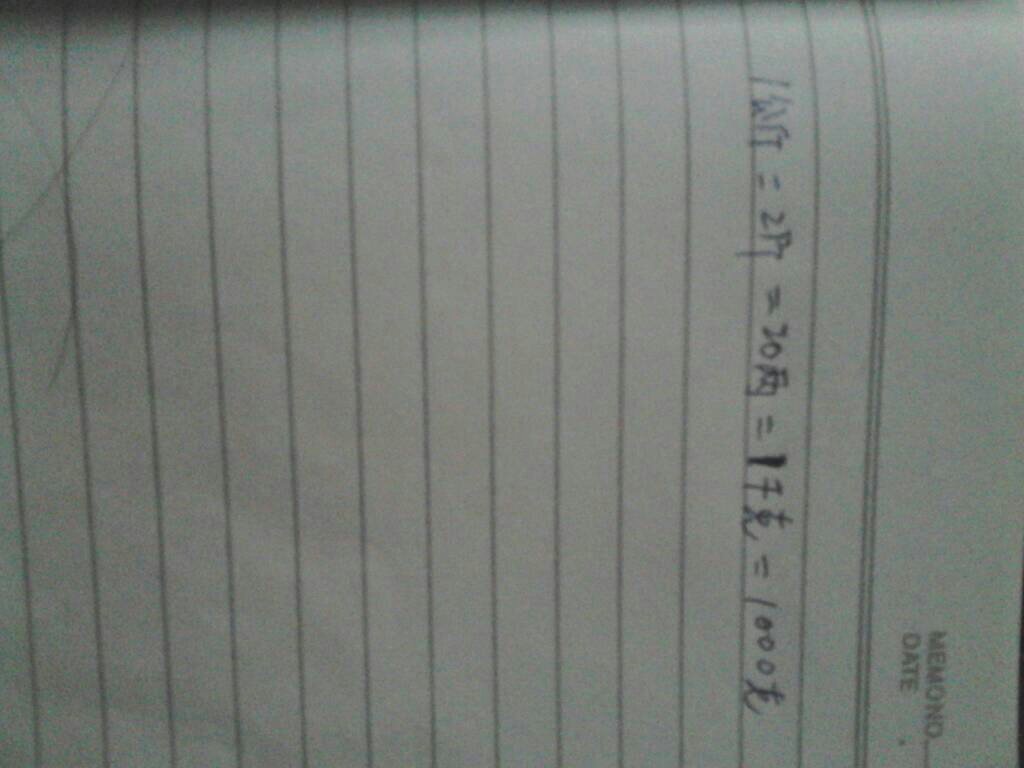请问各位大侠,啥叫方式状语,英语的
嗯 所谓方式状语就是你 完成某件事用的方法
比如说
I learn English by using it。
这个 by using it 就是方式状语。
什么是方式状语
中文中状语是动词或形容词前面的连带成分,用来修饰、限制动词或形容词,表示动作方式.
方式状语从句常见的引导词有表示“像……”的as和表示“好像……”的as if/as though, 例如: Let’s study as Lei Feng studied. 让我们像雷锋那样学习吧。// Think as I think. 像我这样去想。// He talks as if/though he is drunk.从他谈话的样子来看他好像醉了。
1. 方式状语从句通常由as, (just) as…so…, as if, as though引导。
1) as, (just) as…so…引导的方式状语从句通常位于主句后,但在(just) as…so…结构中位于句首,这时as从句带有比喻的含义,意思是"正如…","就像",多用于正式文体,例如:
Always do to the others as you would be done by.
你希望人家怎样待你,你就要怎样待人。
As water is to fish, so air is to man.
我们离不开空气,犹如鱼儿离不开水。
Just as we sweep our rooms, so we should sweep backward ideas from our minds.
正如打扫房屋一样,我们也要扫除我们头脑中落后的东西。
2) as if, as though
两者的意义和用法相同,引出的状语从句谓语多用虚拟语气,表示与事实相反,有时也用陈述语气,表示所说情况是事实或实现的可能性较大。汉译常作"仿佛……似的","好像……似的",例如:
They completely ignore these facts as if (as though) they never existed.
他们完全忽略了这些事实,就仿佛它不存在似的。(与事实相反,谓语用虚拟语气。)
He looks as if (as though) he had been hit by lighting.
他那样子就像被雷击了似的。(与事实相反,谓语用虚拟语气。)
It looks as if the weather may pick up very soon.
看来天气很快就会好起来。(实现的可能性较大,谓语用陈述语气。)
说明:as if / as though也可以引导一个分词短语、不定式短语或无动词短语,例如:
He stared at me as if seeing me for the first time.
他目不转睛地看着我,就像第一次看见我似的。
He cleared his throat as if to say something.
他清了清嗓子,像要说什么似的。
The waves dashed on the rocks as if in anger.
波涛冲击着岩石,好像很愤怒。
2.其他的引导词
1)the way:Please pronounce the word the way I do.请照我这样,读这个单词.
2)口语常用的like:He sit there smiling like it was his birthday.他面带微笑坐在那儿,像是过生日似的. (这里用了虚拟语气,值得注意的是be动词用的was,而表示虚拟as if引导的be动词则只能是were。)
什么叫方式状语
英文中通常由as引导方式状语,如:Do it as I told you. as引导的就是方式状语从句
方式状语是什么意思 什么是方式状语
1、方式状语从句通常由as,(just)as…so…,asif,asthough,by,with引导,多用来谈论某人的行为或者做某事的方式。
2、状语是谓语中心前面的修饰语,表示的是时间、处所、方式、条件、对象等等,可见,从语义上看,状语的功能之一就是表示方式。
英语里怎么区别是什么状语 比如说方式状语。。。
英语中的状语用来修饰动词、形容词或副词,主要由副词、介词短语、动词不定式、分词充当,或由连词引导状语从句,状语的类型主要有以下:时间、地点、程度、目的、方式,比较、让步、条件、原因、结果、伴随。

至于怎么区别,主要就是看状语在句子中表示什么意思,如表示时间那就是时间状语,我每个状语各举一些例子,你自己对比一下应该很容易明白的。
(1) 时间状语
I often get up at 5:30 in the morning. 我常常在早上5:30起床。
Hearing the news, they felt very excited. 听到这个消息,他们感到很兴奋。
Go along this street until you reach the end. 沿着这条街走直到到达尽头为止。
(2) 地点状语
Pandas only live in China. 熊猫仅生活在中国。
You should put the book where it was. 你应该把这本书放回原来的地方。
(3) 程度状语
He read very carefully. 他读得很他仔细。
I have quite a lot of work to do. 我有相当多的工作要做。
(4) 目的状语
We’ll go to the beach for a picnic this Sunday. 这个星期天我们将去沙滩野炊。
He took some change from his pocket to buy a newspaper. 他从口袋里掏出一些零钱来买报纸。
She got up early so that she could catch the first bus. 她早早地起床,以便能够赶上这辆早班车。
(5) 方式状语
We usually go to school on foot. 我们通常步行去上学。
Please do it as I told you. 请按我告诉你的去做。
(6) 让步状语
Though she has a lot of money, she is unhappy. 虽然她很有钱,而她并不幸福。
No matter what happens, I will never lose heart. 无论发生什么,我将决不失去信心。
(7) 条件状语
If you don’t work hard, you’ll fall behind the others. 假如你不努力学习,你将落后于别人。
Given more attention, the flowers would have grown better. 如果给予更多的关心的话,这些花将长得更好。
(8) 比较状语
Your watch is not the same as mine. 你的手表与我的不一样。
Mike is not as (so) tall as Jack. 迈克不及杰克高。
(9) 原因状语
We didn’t go to the park because of the bad weather. 由于天气不好,我们没有去公园。
I’m glad to meet you. 见到你我很高兴。
Being ill, he didn’t go to school. 由于病了,他没有去上学。
(10) 结果状语
The wind was so strong that we could hardly move forward. 风是如此地猛烈,以致于我们寸步难行。
He left early, so that he caught the train. 他早早地离去,(结果) 因此赶上了火车。
(11) 伴随状语
The doctor hurried off, with a medicine box under his arm. 这位医生匆匆离去,胳膊下夹着一个药箱子。
The teacher came into the classroom, followed by a group of his students. 老师进到教室里来,后面跟着一群学生。















